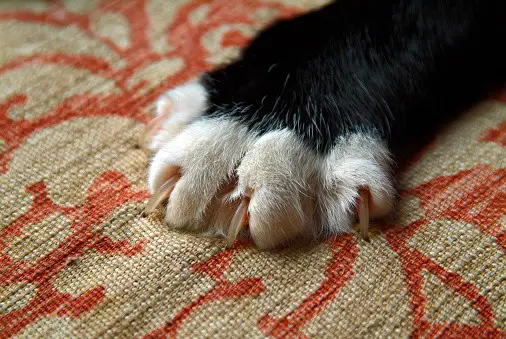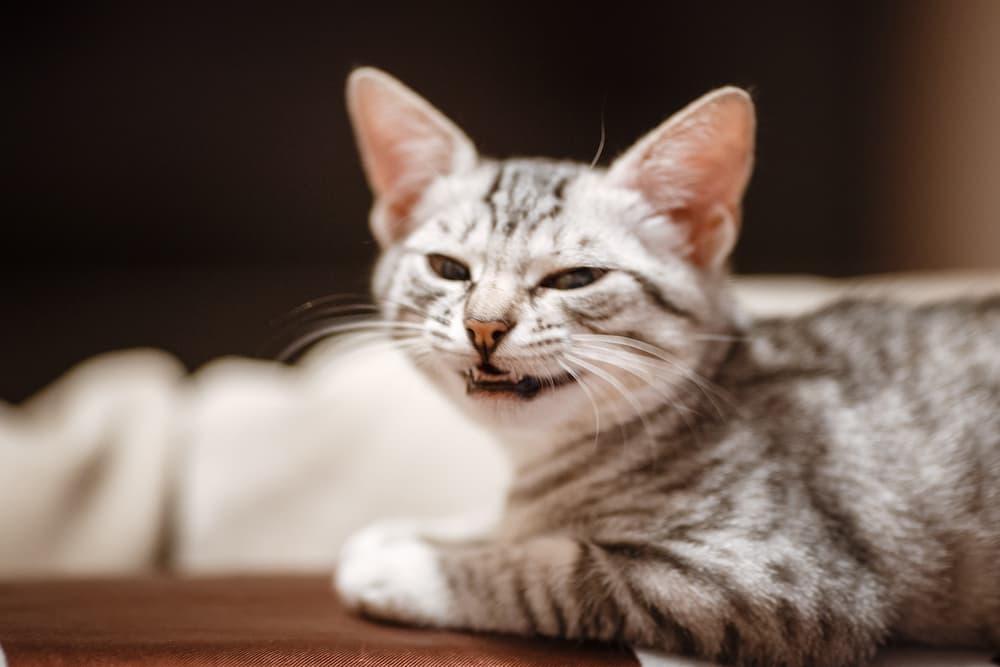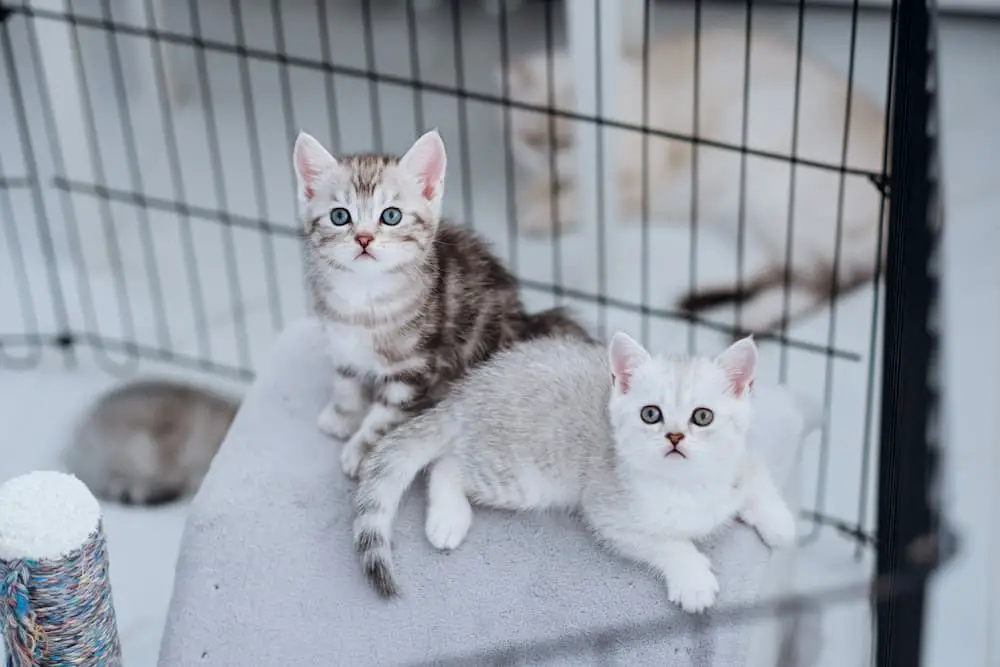Cat parents, I’m sure you’ve pondered the question more than once, “How old is my cat in cat years?” It’s a natural inquiry; after all. We all want to ensure our feline friends lead happy, healthy lives, and understanding how their age compares to our own helps us determine their needs.

In this detailed guide, we’ll debunk the myth of a straightforward year-to-year comparison between cat and human ages and explore the nuances of aging in cats. We outline a more accurate method to determine your cat’s age in human years and provide insights into individual aging variations. You’ll learn how to recognize your cat’s unique life stage.
Finally, be sure you check out the nifty Cat Age Calculator we’ve included to determine your kitty’s age in cat years!
The Myth of “1 Human Year = 7 Cat Years”
Before we dive into understanding cat years, let’s address the most common myth surrounding them—the idea that one human year is equivalent to seven cat years. While it may have been a convenient way to estimate a pet’s age, it’s far from accurate.
In reality, a cat’s age cannot be determined solely by multiplying their years by seven. Cats mature much faster in the first few years of life, and then the aging process slows way down.
Cat Age Conversion: A More Accurate Look
While you might have heard the conventional 1 cat year equals 7 human years, it’s time to refocus on a more precise method – the 15-9-4 rule. Here’s the breakdown:
- First year of life: Every cat year is approximately equal to the first 15 years of a human’s life.
- Second year: An additional 9 human years added to your cat’s life.
- Afterward: Each cat year can roughly be converted to 4 human years.
This rule provides a more accurate depiction of the rapid aging process cats go through in their youth.
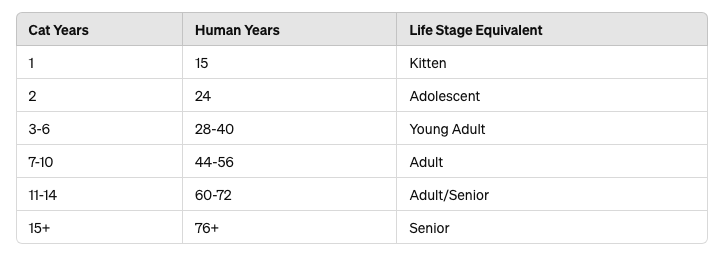
Use Our Cat Age Calculator
Calculate the age of your cherished feline friend in the blink of an eye with our custom-built Cat Age Calculator. By inputting your cat’s years, you’ll get an immediate readout of their approximate age in human years. Remember, this is just a guide, and the actual rate of aging can vary due to several factors.
Cat Age Calculator
Enter your cat’s age in years:
Understanding Cat Development
Cats are known for their graceful movements and stoic personalities, but their rapid development from kittens to mature cats is equally as fascinating. First things first, they age much quicker than we do. A one-year-old cat has experienced more life changes and milestones than a one-year-old human has.
Feline Life Stages in a Nutshell
Just like people, our cats go through several life stages, each with its own set of charm, challenges, and, yes, cuddles. From the wide-eyed, pouncy days of kittenhood to the serene wisdom of their senior years, understanding these stages will not only deepen your bond but also ensure you’re providing the right care at every step. Get ready to see your furball through a whole new lens!
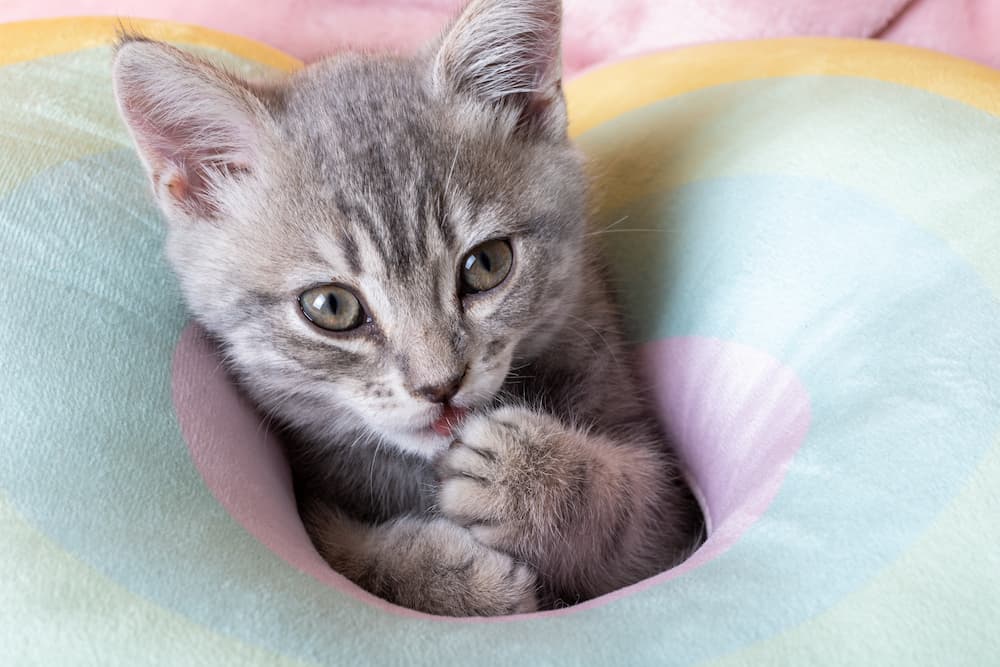
- Kitten (0-1 Year): This stage is marked by rapid growth and development. Kittens are curious, playful, and engage in lots of socialization. They learn to interact with their environment, humans, and other pets. Kittens must receive vaccinations and start a regular feeding schedule during this period.
- Junior/Adolescent (1 Year - 2 Years): Adolescents display higher energy levels and often demonstrate more challenging behaviors, testing boundaries. This is also when cats reach sexual maturity, so it's recommended to consider spaying or neutering. Their personalities start to solidify during this stage.
- Prime/Young Adult (3-6 Years): Young adult cats are fully grown and often settled into their personalities. They require regular exercise, mental stimulation, and a balanced diet to maintain their health. This is their prime time, displaying robust health and vitality.
- Adult (7-10 Years): Adult cats may start to slow down just a bit but still require plenty of exercise and mental stimulation. Health checks become increasingly important to catch any early signs of aging or illness. Nutrition may need adjustments as their metabolism begins to slow.
- Mature Adult/Senior (11-14 Years): During this stage, cats may show more signs of aging such as decreased mobility or energy. Regular veterinary visits are important to monitor for age-related health issues. Their diet and exercise regime may need adjustments to suit their changing needs.
- Geriatric Senior (15+ Years): Senior cats often require more specialized care to manage chronic conditions or age-related changes. Comfort becomes a priority, with a focus on easy accessibility to food, water, and cozy resting places. Although their energy levels may be lower, affection and gentle play can still bring joy to their days.
Beyond the Numbers: Individuality in Cat Aging
Aging isn't a one-size-fits-all process, and the same applies to our cats. While the 15-9-4 rule offers a good general estimate of your cat's age in human years, it doesn't account for breed variations, genetics, or lifestyle.
Breed Differences
Large breed cats like Maine Coons mature more slowly than small breeds, and they tend to have longer lifespans as well. Siamese and Manx cats, among others, represent the opposite, aging at a different pace and requiring specific care routines.
Health and Lifestyle Factors
Nutrition, exercise, and overall health profoundly impact how your cat ages. High-quality diets and regular veterinary check-ups can add years and vitality to your cat's life, while issues such as obesity can prematurely add age to your feline's years.
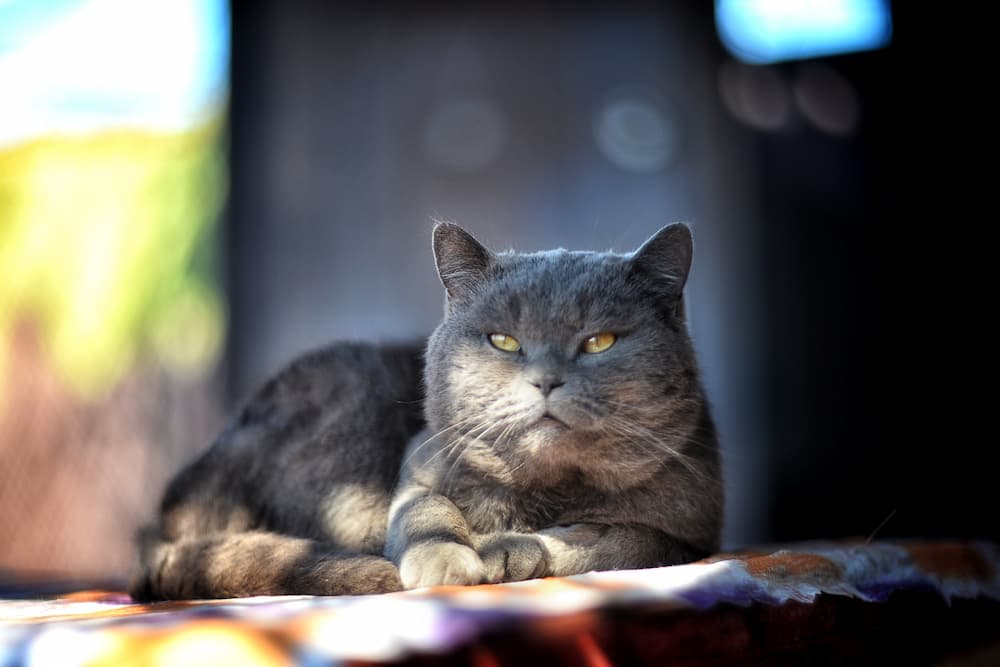
Facts About Cat Aging
Did you know that Creme Puff, the oldest cat in recorded history, reached the equivalent of 140 human years? Here are some more fun facts about cat aging to impress your friends and family:
- Cats have a "senior moment" equivalent too! They may experience cognitive decline as they age, leading to disorientation and changes in behavior.
- Cats typically reach their full size by 1 year old, while humans continue growing well into adolescence.
- Older cats may sleep up to 18-20 hours a day, compared to the average 12-16 hours for younger cats.
So next time someone asks you how old your cat is, you can confidently give them both their age in years and their human equivalent. And remember, every cat ages differently, so cherish each moment with your feline friend and provide them with the love and care they need at every stage of their life.
Final Thoughts About Cat Years
Unraveling the mystery of cat years is more than just a mathematical equation; it includes having an understanding of the life and well-being of our feline companions. With accurate knowledge of your cat's age and life stage, you can ensure that your furriest friend enjoys their life to the fullest. Remember, regular veterinary care is important, especially as your cat transitions from one life stage to the next. Be proactive, pay attention to their needs, and cherish every whisker on their gracefully aging face.

